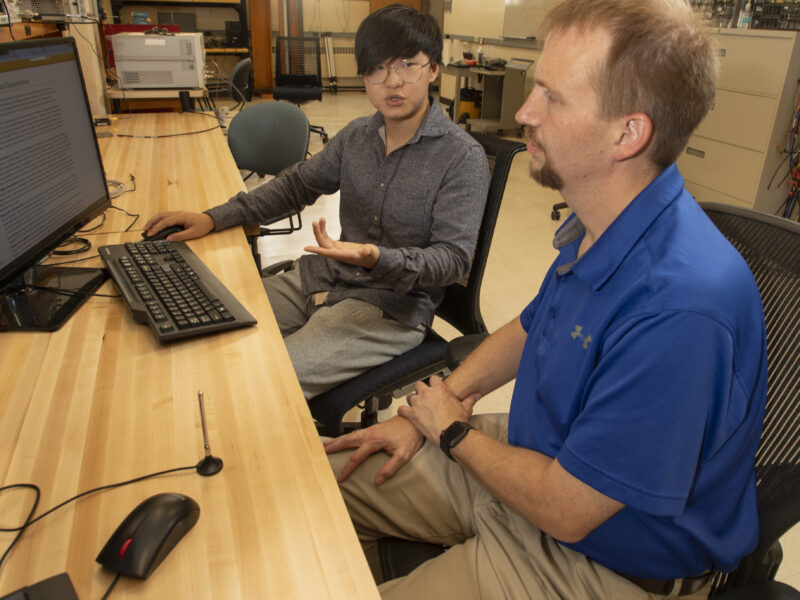Bringing 5G Smarts to Network Measurement

Principal Investigator: Professor Striegel
AWaRE REU Researcher: Junji (John) Shen, Valparaiso University
Contributors: Alamin Mohammed and Shangyue Zhu
Project Summary:
Traditionally, most network measurement tools such as Speedtest.net and others measure the network in an isolated manner. Further, while peak speed can be interesting, it often fails to capture all of the dynamics of modern wireless networks. The focus of this project is to study the interplay of how sharing various pieces of network information between apps and wireless devices can lead to improved network understanding and performance.
Finding:
The current free analysis of Internet access performance like Speedtest.net measures the data throughput and latency by sending larger and larger data flows until the network fails to handle additional traffic with the process generally taking on the order of 10-20 seconds. The advantage of this approach is that it is easy to implement and can accurately measure the achievable throughput of the network. However, during the Speedtest.net measuring process, tens of megabytes of data can be sent between devices and the network can be congested for quite some time, resulting in a large cost in terms of both mobile device energy and link utilization. For instance, for a single test on a link of 10 Mb/s, the resulting test will use approximately 20 MB of data making it difficult to justify running tests longitudinally to measure network performance. Moreover, the majority of the users do not necessarily need to know the exact bandwidth of the network, rather all the users care about is if the network can handle their normal online activities. Therefore, a method that can reduce the data being transmitted with reduced bandwidth and shorter times could be a significant improvement. The focus of this work is to explore the extent that QUIC and the Go language, a new variant for network transfers and a newly emergent language for concurrency, could help advance existing works in a more scalable and effective manner towards measuring network performance.

